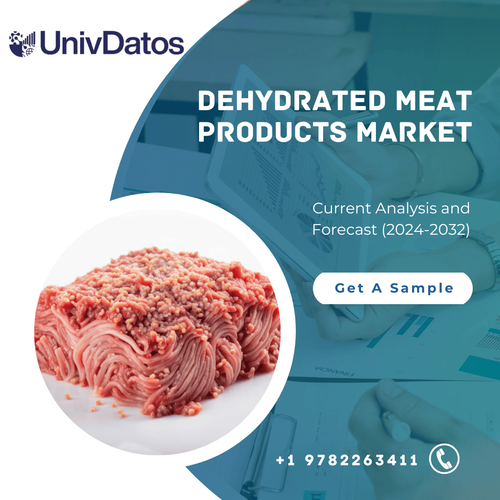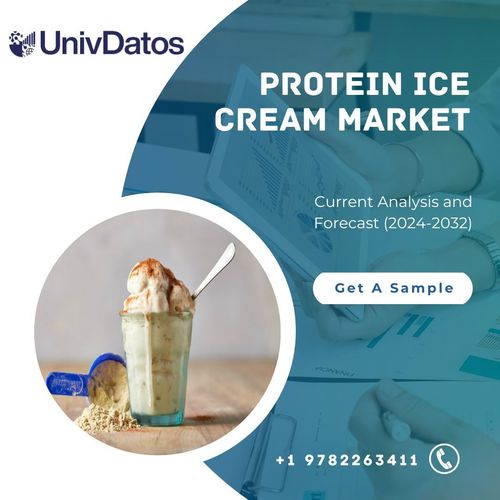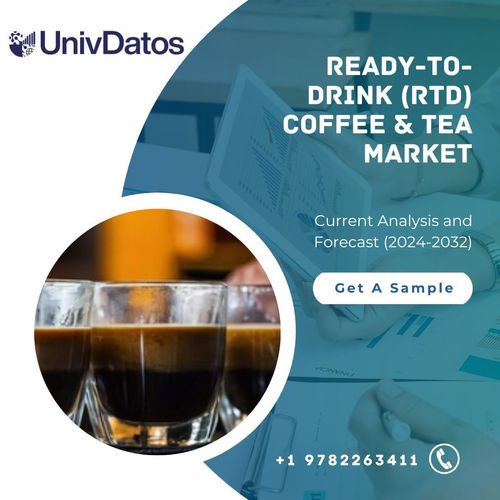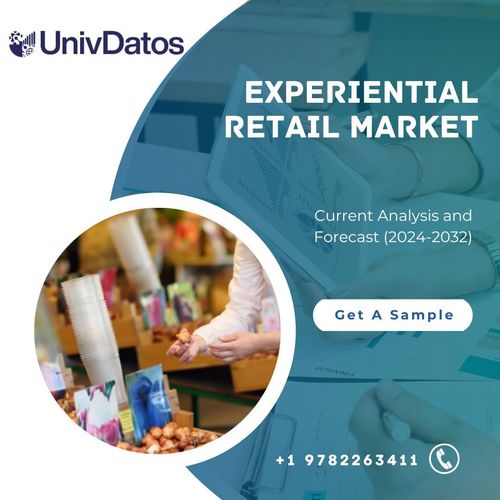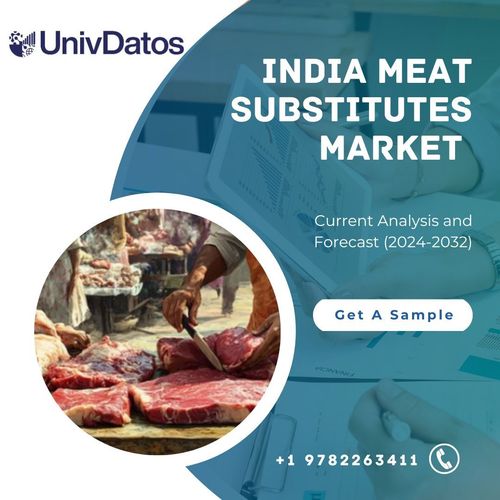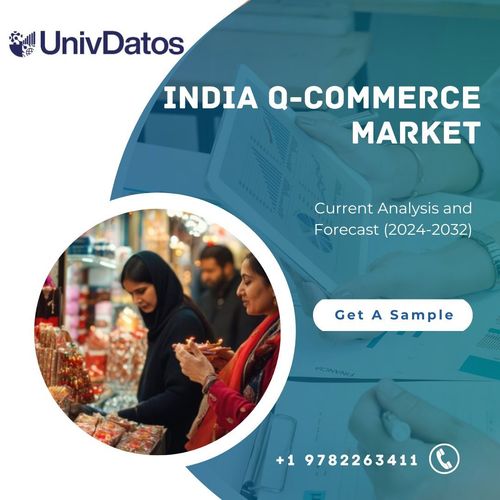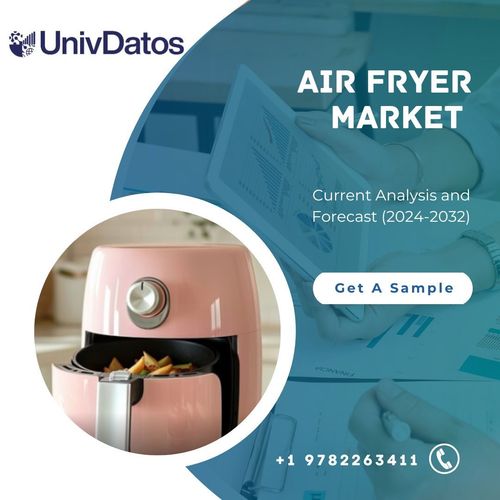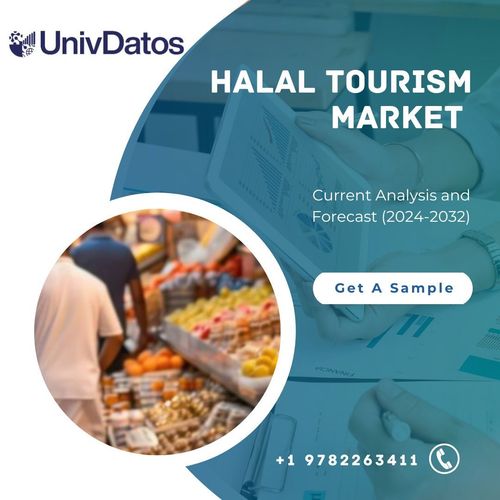MENA Organic Food Market: Current Analysis and Forecast (2023-2030)
Emphasis on Product Type (Fruits and Vegetables, Meats and Poultry, Dairy Products, Frozen and Processed Food, and Others); Distribution channel (Supermarkets and Hypermarkets, Grocery Stores and Others); and Country
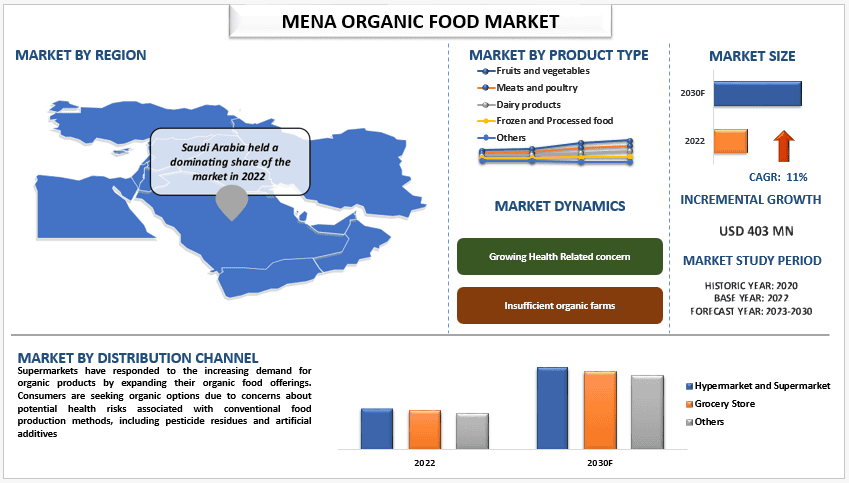
The MENA Organic Food Market was valued at USD 7 Bn in 2022 and is expected to grow at a CAGR of 11% during the forecast period (2023-2030). Rising concerns about the environment and health issues and health benefits associated with organic foods are mainly driving the MENA food. In addition, increasing average household annual spending on food, increase in chronic disease, greater accessibility of these products through small to medium scale retailers, changing lifestyle, implementation of initiatives to encourage farmers to switch to organic farming, and rise in number of organic food manufacturers are driving the growth of the market. In 2023, A major global event to promote the organic food sector was opened in the Saudi capital Riyadh, expected to attract global investments in promoting and marketing investments in agriculture and organic products in the country.
Some of the major players operating in Amy’s Kitchen, Inc., Danone., General Mills Inc, Hain Celestial Group Inc, United Natural Foods, Inc., Whole Foods Market Inc, Organic Valley, SpartanNash., Dean Foods & SFM LLC. Several M&As along with partnerships have been undertaken by these players to facilitate customers with hi-tech and innovative products/technologies.
Insights Presented in the Report
“Amongst distribution channel, the market is bifurcated into supermarkets and hypermarkets. The supermarket segment is expected to grow with a significant CAGR during the forecast period (2023-2030).”
Amongst the Distribution channel, the market is bifurcated into supermarkets and hypermarkets. The supermarket segment is expected to grow with a significant CAGR during the forecast period (2023-2030). The escalating adoption of organic food in supermarkets reflects a profound shift in consumer preferences toward healthier and more sustainable dietary choices. Supermarkets have responded to the increasing demand for organic products by expanding their organic food offerings. Consumers are seeking organic options due to concerns about potential health risks associated with conventional food production methods, including pesticide residues and artificial additives. Additionally, heightened awareness of environmental sustainability has driven individuals to support farming practices that prioritize soil health, biodiversity, and reduced chemical usage. Supermarkets, recognizing this trend, have devoted more shelf space to organic produce, dairy, meat, and packaged goods, catering to a growing segment of the population looking for organic alternatives. This response reflects a larger movement within the food industry to meet the evolving preferences and values of consumers seeking healthier, environmentally friendly options.
“Saudi Arabia dominated the market.”
The growing adoption of organic food in Saudi Arabia reflects a notable shift in consumer behavior driven by increasing health consciousness and a desire for higher quality, sustainable food options. Saudi consumers are becoming more mindful of the potential health benefits associated with organic produce, which is cultivated without synthetic pesticides, GMOs, or chemical fertilizers. Concerns about food safety and environmental sustainability have also contributed to the rising demand for organic products in the region. As a result, there has been a noticeable increase in the availability of organic fruits, vegetables, dairy, and packaged goods in supermarkets and specialized organic stores across Saudi Arabia. Additionally, government initiatives aimed at promoting organic farming practices and sustainable agriculture have further bolstered the growth of the organic food market in the country. This evolving trend reflects a cultural shift towards embracing healthier and more environmentally responsible food choices among Saudi consumers. For instance, Saudi Arabia’s Ministry of Environment, Water and Agriculture has launched an initiative to boot investments in organic poultry production and increase the sector’s output to 5 percent by 2030.
MENA Organic Food Market Report Coverage
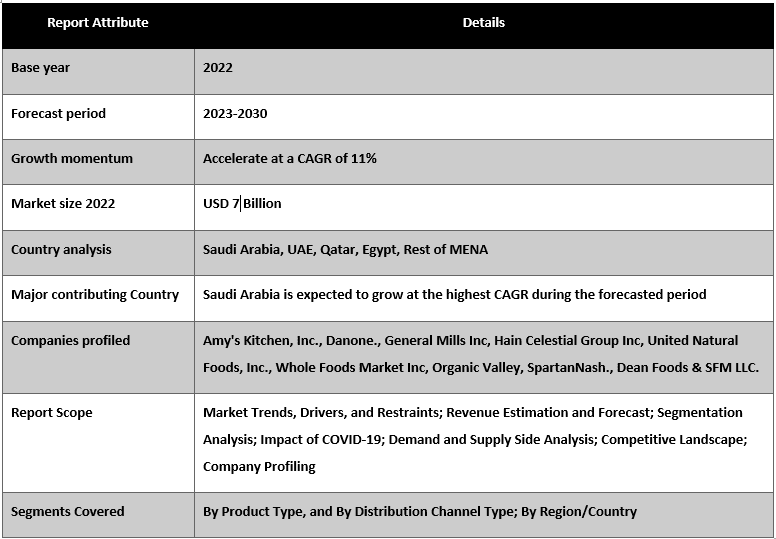
Reasons to buy this report:
- The study includes market sizing and forecasting analysis validated by authenticated key industry experts.
- The report presents a quick review of overall industry performance at one glance.
- The report covers an in-depth analysis of prominent industry peers with a primary focus on key business financials, product portfolios, expansion strategies, and recent developments.
- Detailed examination of drivers, restraints, key trends, and opportunities prevailing in the industry.
- The study comprehensively covers the market across different segments.
- Deep dive regional level analysis of the industry.
Customization Options:
The MENA Organic Food market can further be customized as per the requirement or any other market segment. Besides this, UMI understands that you may have your own business needs, hence feel free to connect with us to get a report that completely suits your requirements.
Table of Contents
Research Methodology for the MENA Organic Food Market Analysis (2023-2030)
Analyzing the historical market, estimating the current market, and forecasting the future market of the MENA organic food market were the three major steps undertaken to create and analyze the adoption of MENA organic food in major countries. Exhaustive secondary research was conducted to collect the historical market numbers and estimate the current market size. Secondly, to validate these insights, numerous findings and assumptions were taken into consideration. Moreover, exhaustive primary interviews were also conducted, with industry experts across the value chain of the MENA organic food market. Post assumption and validation of market numbers through primary interviews, we employed a top-down/bottom-up approach to forecasting the complete market size. Thereafter, market breakdown and data triangulation methods were adopted to estimate and analyze the market size of segments and sub-segments of the industry pertains to. Detailed methodology is explained below:
Analysis of Historical Market Size
Step 1: In-Depth Study of Secondary Sources:
Detail secondary study was conducted to obtain the historical market size of the MENA organic food market through company internal sources such as annual reports & financial statements, performance presentations, press releases, etc., and external sources including journals, news & articles, government publications, competitor publications, sector reports, third-party database, and other credible publications.
Step 2: Market Segmentation:
After obtaining the historical market size of the MENA organic food market, we conducted a detailed secondary analysis to gather historical market insights and share for different segments & sub-segments for major regions. Major segments are included in the report as product type, and distribution channel. Further country-level analyses were conducted to evaluate the overall adoption of testing models in that region.
Step 3: Factor Analysis:
After acquiring the historical market size of different segments and sub-segments, we conducted a detailed factor analysis to estimate the current market size of the MENA organic food market. Further, we conducted factor analysis using dependent and independent variables such as product type, and distribution channel of the MENA organic food market. A thorough analysis was conducted for demand and supply-side scenarios considering top partnerships, mergers and acquisitions, business expansion, and product launches in the MENA organic food market sector across the globe.
Current Market Size Estimate & Forecast
Current Market Sizing: Based on actionable insights from the above 3 steps, we arrived at the current market size, key players in the MENA organic food market, and market shares of the segments. All the required percentage shares split, and market breakdowns were determined using the above-mentioned secondary approach and were verified through primary interviews.
Estimation & Forecasting: For market estimation and forecast, weights were assigned to different factors including drivers & trends, restraints, and opportunities available for the stakeholders. After analyzing these factors, relevant forecasting techniques i.e., the top-down/bottom-up approach were applied to arrive at the market forecast for 2030 for different segments and sub-segments across the major markets. The research methodology adopted to estimate the market size encompasses:
- The industry’s market size, in terms of revenue (USD) and the adoption rate of the MENA organic food market across the major markets domestically
- All percentage shares, splits, and breakdowns of market segments and sub-segments
- Key players in the MENA organic food market in terms of products offered. Also, the growth strategies adopted by these players to compete in the fast-growing market
Market Size and Share Validation
Primary Research: In-depth interviews were conducted with the Key Opinion Leaders (KOLs) including Top Level Executives (CXO/VPs, Sales Head, Marketing Head, Operational Head, Regional Head, Country Head, etc.) across major regions. Primary research findings were then summarized, and statistical analysis was performed to prove the stated hypothesis. Inputs from primary research were consolidated with secondary findings, hence turning information into actionable insights.
Key Stakeholders of MENA Organic Food Market in the MENA Region
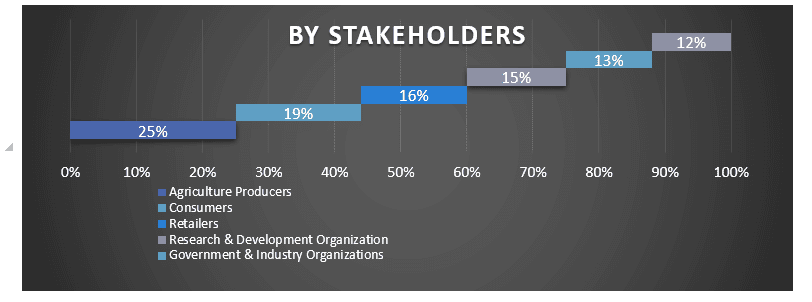
Market Engineering
The data triangulation technique was employed to complete the overall market estimation and to arrive at precise statistical numbers for each segment and sub-segment of the MENA organic food market. The data was split into several segments & and sub-segments post studying various parameters and trends in the areas of the product type, and distribution channel of the MENA organic food market.
The main objective of the MENA organic food Market Study
The current & future market trends of the MENA organic food market were pinpointed in the study. Investors can gain strategic insights to base their discretion for investments on the qualitative and quantitative analysis performed in the study. Current and future market trends determined the overall attractiveness of the market at a regional and country level, providing a platform for the industrial participant to exploit the untapped market to benefit from a first-mover advantage. Other quantitative goals of the studies include:
- Analyze the current and forecast market size of the MENA organic food market in terms of value (USD). Also, analyze the current and forecast market size of different segments and sub-segments
- Segments in the study include areas of the product type, and distribution channel.
- Define and analysis of the regulatory framework for the MENA organic food industry
- Analyze the value chain involved with the presence of various intermediaries, along with analyzing customer and competitor behaviors of the industry
- Analyze the current and forecast market size of the MENA organic food market for the major region
- Major countries of regions studied in the report include Saudi Arabia, UAE, Kuwait, Egypt, and Rest of MENA
- Company profiles of the MENA organic food market and the growth strategies adopted by the market players to sustain in the fast-growing market
- Deep dive regional level analysis of the industry
Frequently Asked Questions FAQs
Q1: What is the current market size and growth potential of the MENA organic food market?
Q2: What are the driving factors for the growth of the MENA organic food Market?
Q3: Which segment has the largest share of the MENA organic food market by product Type?
Q5: Which country will dominate the MENA Organic Food market?
Q6: Who are the key players operating in the MENA organic food market?
Related Reports
Customers who bought this item also bought

